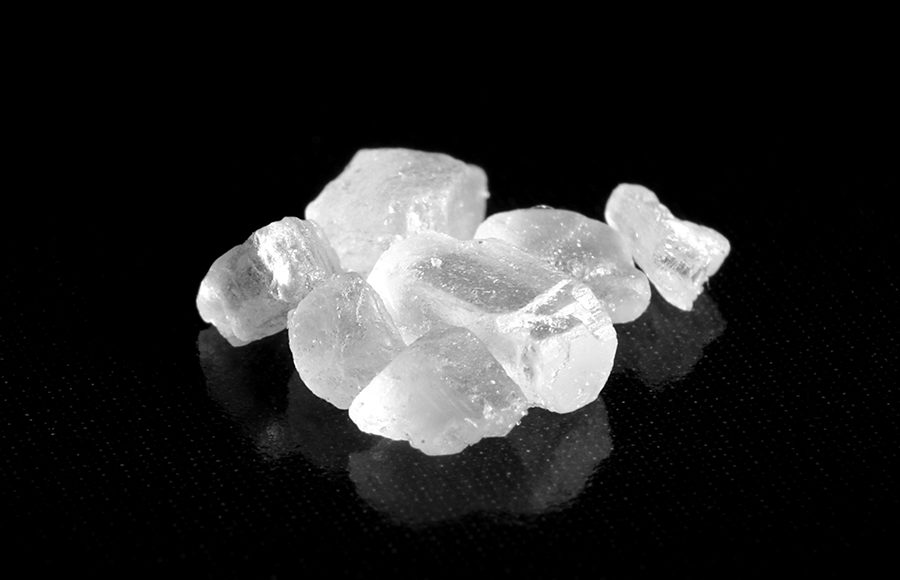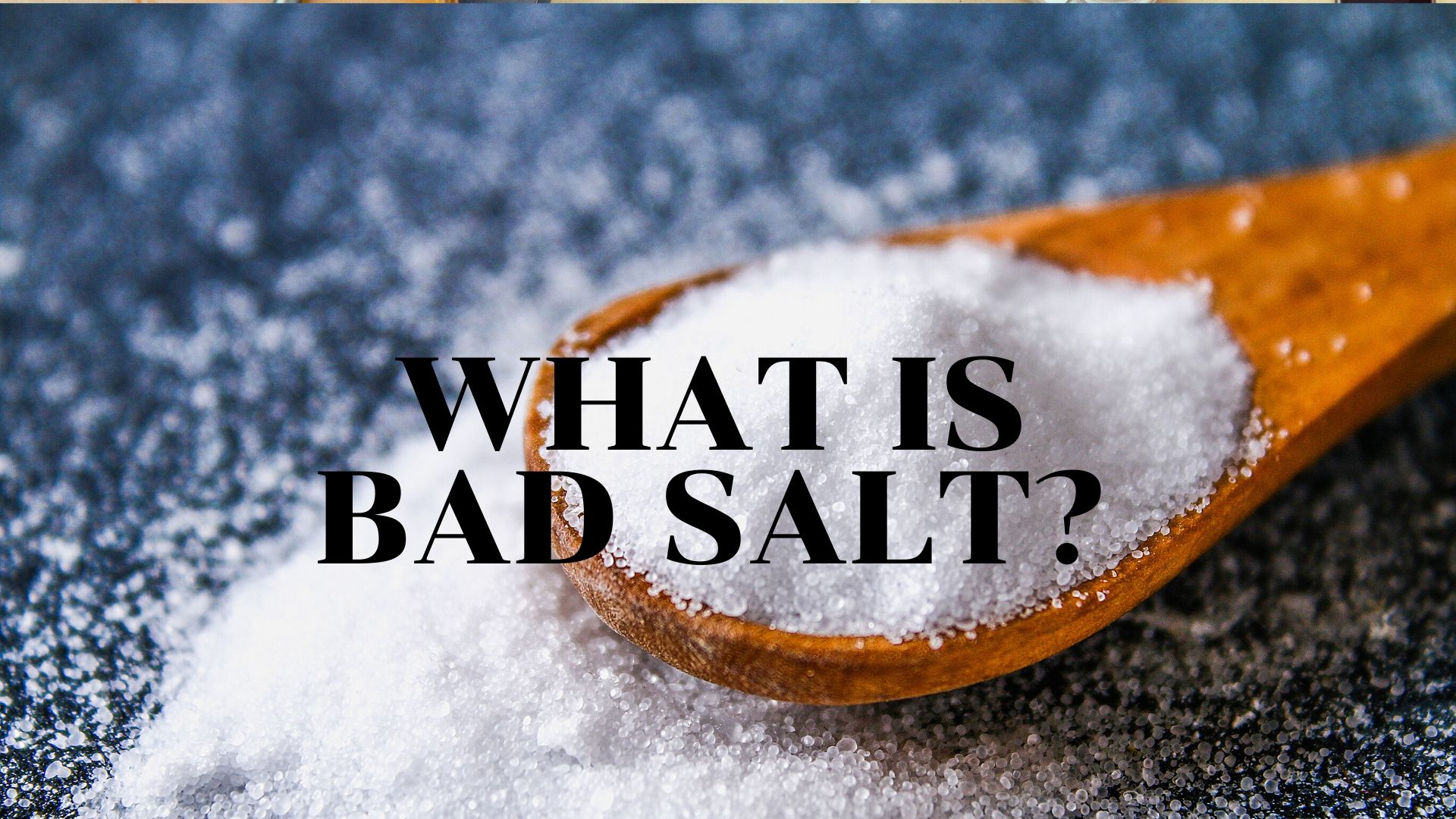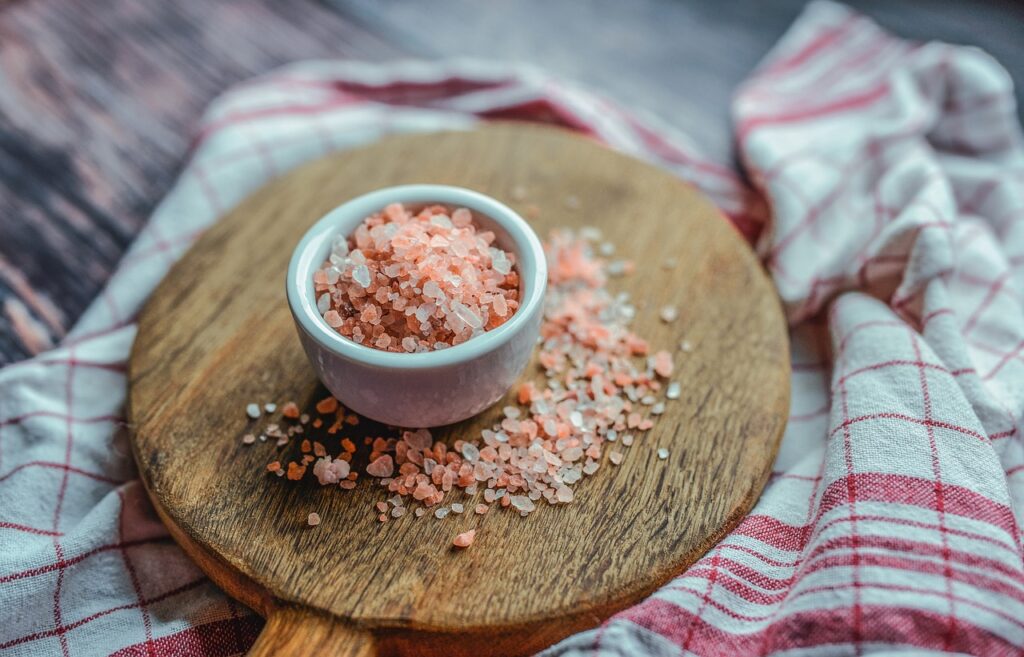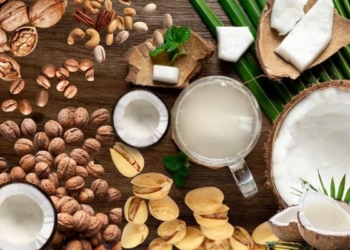Salt – the one word that we read every day, no matter what time we wake up. Humans need food and food needs flavour. So, it’s basically impossible to ignore the quality of salt in your kitchen. Even when you slightly laze around by ignoring it, the negative effects start besieging your and your family’s bodies without any premonition. Keep reading this article to learn more about salts and find the answer to how bad salt is affecting the lives.
What is Salt?
The local markets provide edible salt that is manufactured as per the government regulations in the grocery section. Also known as table salt, it is the refined version of the salt that nature provides us in the raw form. It contains a smashing amount of sodium chloride (approximately 97%) which provides us with our body’s nutritional sodium requirement for the day. Commonly, the salt you see on the tables at the restaurant are free-flowing i.e. they don’t have any visible lumps on their surface. This kind of surface doesn’t come naturally. Agents like magnesium carbonate or sodium aluminosilicate are mixed with sodium chloride to create the salt on display, thereby decreasing its properties and making it a version of bad salt.
Iodized salt is another variant of edible salt in the market. Along with it, there are other variants of fortified bad salts that cause a potential threat to your body. You know that anything in excess causes harm. So is the case with salts. It does have Iodine that helps in the efficient working of your thyroid gland along with other concerns. But, increasing its proportion in the box of salt that your kitchen has, can cause serious troubles. There are specific teams in every country which helps in determining the right proportion of constituents in edible products. FDA (Food and Drug Administration) is one such team in the United States.

Is it all right to consume salt?
Enough said about other things. Looking at the side effects of consuming bad salt, your mind repels from its sight. But is it worth it? Let’s gradually learn the answer for the first question – Is salt good for you?
The quality of salts is contingent on its manufacturing method. The emphasis isn’t just on the manufacturing method, but also on what is being manufactured. The blood pressure (BP) of your body depends on the quantity of salt in your daily diet. The more you eat, the more danger it poses to your body. This is because salt has the natural tendency of absorbing and holding water in the environment it is in. When it is inside your body, it holds water, which ultimately raises the pressure on your blood. You should eat no more than 6 grams or one teaspoon salt in a day, as per the guidelines.
But, years of studies showed that consuming less amount of salt causes much harm than it does good. So, what you take away from this information is – Salt should be consumed in moderation.
What is bad salt and good salt type?
In the rush to capitalize over the reducing spending capacity of the consumers, the manufacturers are replacing quality with quantity. If you are looking for the cheap brands of salt on the market, you are willing to see your family’s good health at the Greek Calends. In simple words, quality comes at a price, you just have to find the one that fits your pocket. How do you do that? Let’s find out.
Pink Himalayan Salt
The Pink Himalayan salt is one of the healthiest types of salt available in the market today. No preservatives are added when it is manufactured. Rich in minerals, this pink salt has traces of magnesium, potassium, calcium, and iron just as required by your body. It has a different taste than the refined salt aka regular salt, which is preferred by many. Add a dash of colour to your food by adding this pink and healthy salt in your routine.
Refined Salt
On the contrary, the Refined Salt has earned a bad reputation for sodium it contains. This common yet bad salt is refined to the extent that it loses its minerals. In the natural form, refined salt has many lumps. To remove them, they are heavily mixed with anticaking agents which are chemical compounds. Basically, they are already stripped off of their minerals in the first place and after that, more chemicals are added. This is enough reason for you to stay away from such low-grade salts.
There are many who argue that the iodine in table salt is essential for the growth of the human body. Instead of consuming the heavily chemicalized Iodine in the refined salt, it is better to consume alternatives like seaweed, dairy, fish, and eggs. They are enriched with iodine along with many other nutrients that your body needs.
Sea Salt
Just as the name says, these salts are the remainders of the evaporated seawater. Along with the required balance of sodium chloride with the other elements, it is rich with minerals. Potassium, iron, and zinc collectively form a minor part of the sea salt. The only reason why people avoid consuming this type of salt is the nature in which it is processed. As the water is obtained from the sea, it has plenty of plastics and heavy metals along with the other elements. Despite the studies haven’t found results which are conclusive about this matter, but risking your family’s health isn’t worth consuming the sea salt.
Conclusion
We do have facts to see which constituent in the different types of salts affects our body. But there have not been enough studies on the health effects of these good or bad salts. This is because the traces of different ingredients are too less to pay attention to. Only if you consume more than 90 grams of salt in a day, the harmful effects will start being visible. On choosing the healthier alternatives, you will be saving your family from the ill effects of additional chemicals.








